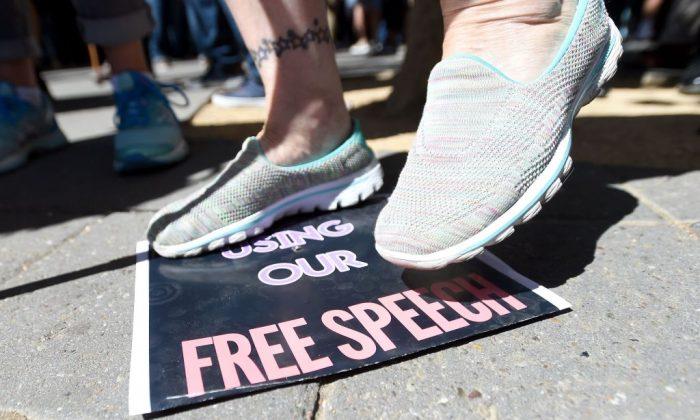Commentary
The Australian Minister for Education and Youth, Alan Tudge, reported on Oct. 13, 2021, that all 41 universities in the country have now adopted policies to strengthen and protect free speech and academic freedom.

The Australian Minister for Education and Youth, Alan Tudge, reported on Oct. 13, 2021, that all 41 universities in the country have now adopted policies to strengthen and protect free speech and academic freedom.